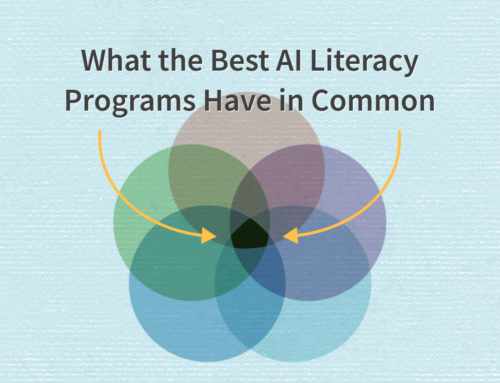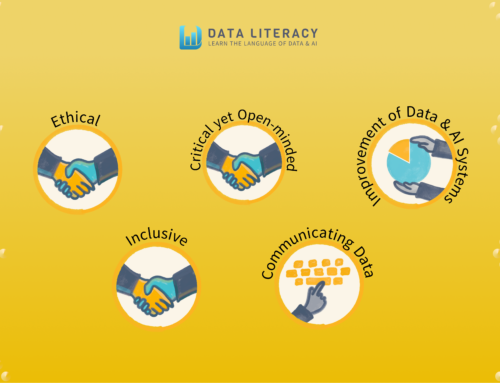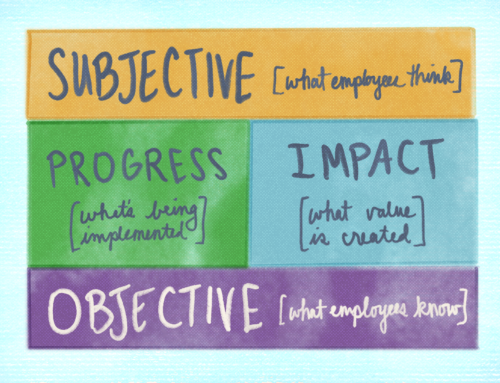Data Literacy for U.S. Voters
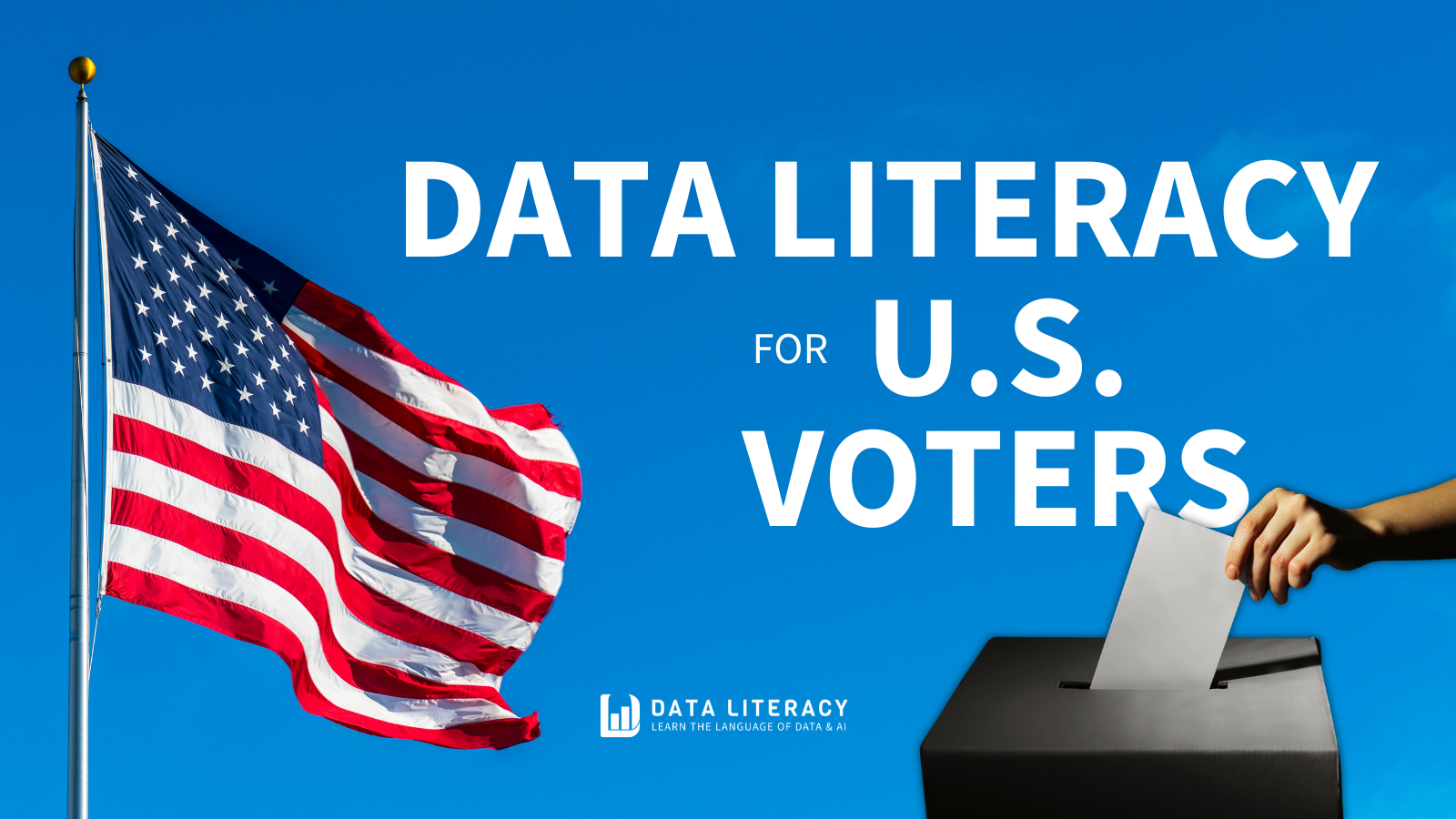
Part 1: Timing of U.S. Elections
Here at Data Literacy, we’re big believers that we’ll all be better off if every one of us grasps some basic yet critical concepts about the way data is used in our world. We often learn data skills on the job, but those data skills are transferrable to the public domain, where we discover data-rich topics like climate change and pandemics.
There are few such topics as hotly debated as democratic elections. As we head into the U.S. election cycle, this subject is top of mind for many of us. So, in the interest of spreading data literacy about this critical subject, we’re going to publish a short blog post series that helps people understand some of the areas of overlap between data and U.S. elections.
The goal isn’t to give you an advanced degree in political science, but rather to explain some of the basics in a way that will help you avoid some of the most common ways people are confused and misled about this subject. We’ll cover topics like polling, demographics, voter turnout, and campaign finance. To start it off, though, this first blog post simply covers the timing of various elections in the U.S.
Timing of U.S. Elections
Just like how businesses collect data at different intervals, the U.S. political system collects data in the form of votes according to a rhythm that establishes a political pulse for the nation. Most elections occur on either every two years (biennial) or every four years (quadrennial). Federal and state elections happen in even-numbered years (e.g. 2024), and local elections typically follow suit, but can vary based on locale.
Federal elections:
- President / Vice President – every 4 years in years divisible by 4 (e.g. 2016, 2020, 2024, etc)
- House Representatives – all seats, every 2 years (hence the term “midterm election” for even-numbered years without a presidential race, such as 2022)
- Senators – 1/3 of seats every 2 years, staggered (Senators are elected to 6-year terms, and grouped into three “classes” that determines when their terms start and end)
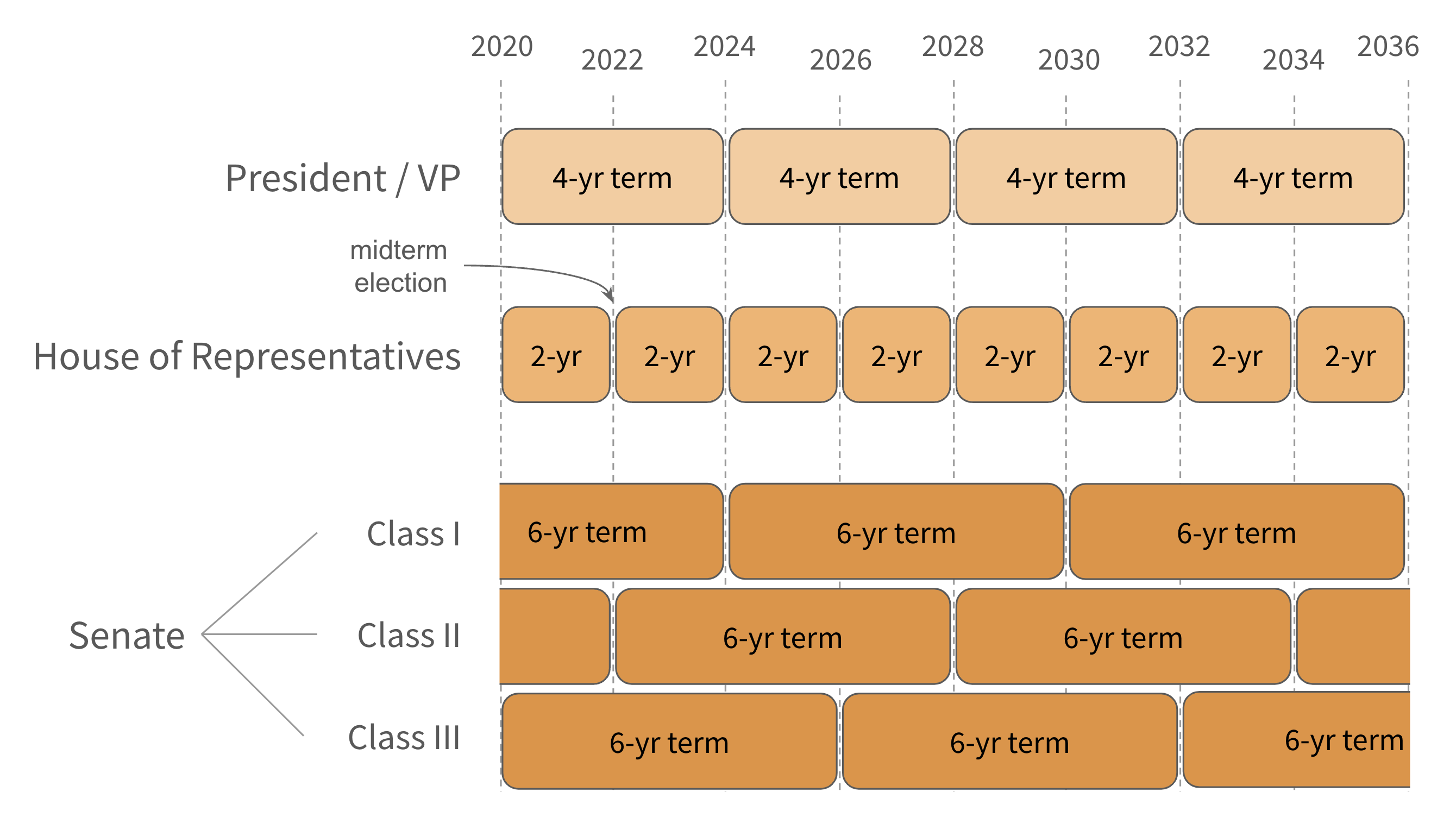
State elections:
- Governor – most often 4-year terms
- 48 U.S. states have 4-year terms for governors
- New Hampshire & Vermont have 2-year terms (with no term limits)
- Virginia has a single 4-year term limit for governors, who can’t run for re-election immediately after serving their term
- New Jersey and Virginia hold their gubernatorial elections in years immediately following presidential election years
- State Legislators – varies by state, most often 2- or 4-year terms
Local Elections:
- Timing of elections for mayor, city council, and school board vary widely across the country.
- The terms for mayor, city council, school board often range from 2 to 4 years, but this can vary widely.
- Locales typically hold these elections in November alongside national elections, while others hold them in other months of an election year.
- Some even hold them in odd-numbered years (called an “off-year election”) to separate them from federal and state elections.
An example of an “off-year election” that takes place in odd-numbered years is the New York City mayoral election. For instance, the most recent New York City mayoral election was held in 2021, and the next one is scheduled for 2025. These elections include races for mayor, comptroller, public advocate, borough presidents, and city council members.
Primary Elections:
Before the main event of general elections, most states hold primary elections. These are the elections that determine who will be on the ballot in the general election. Here are some additional details:
- Timing: Primaries typically occur several months before the general election, often between February and June of the election year.
- Purpose: They determine which candidates will represent each political party in the general election.
- Types:
- Closed Primaries: Only registered party members can vote.
- Open Primaries: Any registered voter can participate, regardless of party affiliation.
- Semi-Closed: Unaffiliated voters can choose which party’s primary to vote in.
- Presidential Primaries: These are held in presidential election years and can start as early as January (remember the Iowa caucuses and New Hampshire primary?).
- State and Local Primaries: These often coincide with federal primaries but can sometimes be held separately.
Special Elections:
While most elections follow a predictable schedule, sometimes circumstances require an election outside the usual cycle. This is when so-called “special elections” come into play:
- Purpose: Special elections are held to fill vacancies in elected offices that occur between regular elections.
- Triggers: These can be called due to various reasons, including death, resignation, or removal from office.
- Timing: Unlike regular elections, special elections can happen at any time of year, depending on when the vacancy occurs and state laws.
- Term Length: Winners of special elections typically serve only the remainder of the original term, not a full term.
Special elections help to ensure continued representation when unexpected vacancies occur. What they mean is that the U.S. election process is active on a continual basis, not just every four years.
Resources
Here are a couple of helpful online resources that will help you better understand the exact timing of elections that are being held around the country:
- USA.gov/state-election-office: Connects you to your local election office for specific date.
- Ballotpedia (ballotpedia.org): Offers comprehensive (but unofficial) election calendars.
When looking at election calendars, pay attention to both the big national election dates and the often-overlooked local election timings.
Common Misconceptions
Here are a few common misconceptions about the timing of elections in the United States:
- “There’s an election every year”: While there’s often some election happening somewhere each year, most offices don’t have annual elections.
- “Midterm elections are less important”: These elections can dramatically shift the balance of power in Congress.
- “Local elections always align with national ones”: Many localities intentionally hold off-cycle elections.
Critical Thinking Points
As you navigate the election calendar, ask yourself:
- How might the timing of an election impact voter turnout and results?
- Why do some states and localities choose off-cycle election dates?
- How does the frequency of elections for different offices impact governance and accountability?
- How can you stay informed about all relevant elections in your area, not just the high-profile ones?
Understanding the timing of U.S. elections involves both knowing when to show up at the polls, and also recognizing how the system of staggered elections allows for regular “check-ins” with the electorate. This is kind of like how a business conducts customer surveys or analyzes sales data at different intervals.
The goal of possessing this knowledge is to empower you to be a more engaged citizen. By understanding the rhythm of elections, you can better prepare to make informed decisions, anticipate political shifts, and plan your own civic engagement activities.
America, in a way, is a massive, ongoing data collection project. Each and every vote is a data point, and that’s true about your vote, too. Similar to the way businesses use data to make decisions, governments use election results to shape policies and priorities. So mark your calendars, stay informed, and make your data point count!
Next up in our series – Part 2: Determining Winners and the Electoral College System


